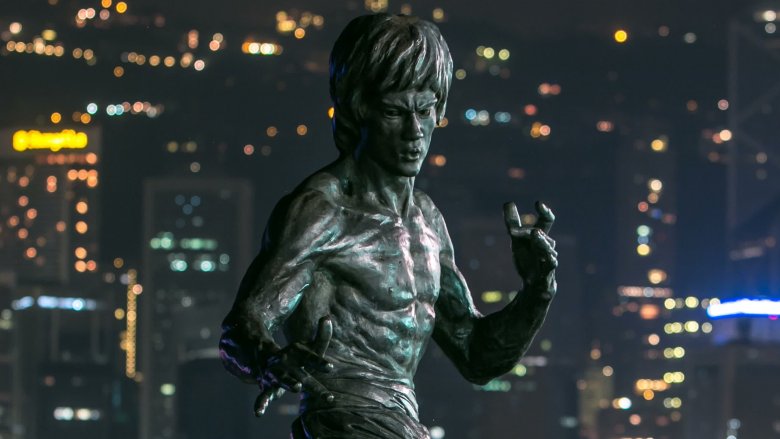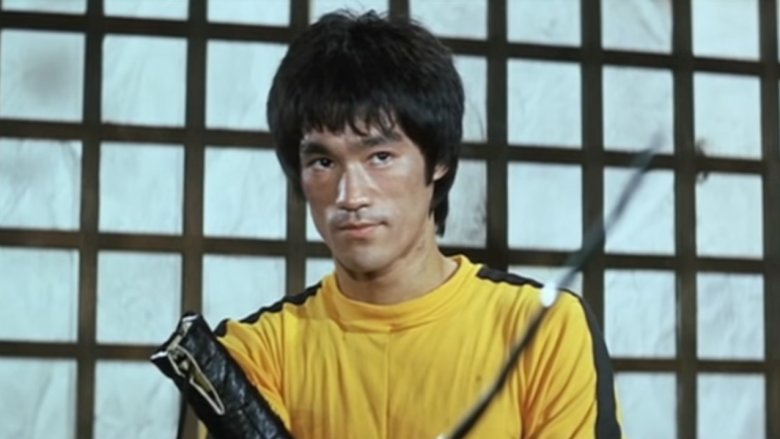What Was Bruce Lee's Most Dangerous Fighting Style?
Bruce Lee is a legend, having excelled as a martial artist, actor, philosopher, and even ballroom dancer, among other talents. He could turn a thought-provoking phrase just as easily as he could turn the insides of your stomach into porridge with a flurry of kicks and punches. Despite his myriad accomplishments, he was modest and kind, preferring to let his body do the talking.
Lee's first martial arts training came at age 16, according to Post Magazine, turning him from a scrappy streetfighter into a Wing Chun practitioner. Wing Chun was rooted in efficient self-defense, rather than brute force. In the words of master practitioner Lo Man Kam, "it's not about fighting, it's about avoiding the fight -– if you don't fight you cannot lose."
More practically speaking, Wing Chun Concepts describes the style as "self-defense utilizing both striking and grappling while specializing in close-range combat." This would form the foundation for Lee's own style, Jeet Kune Do.
Jeet Kune Do: Bruce Lee's most dangerous fighting style
In an article for the September 1971 issue of Blackbelt magazine, seen here on The Bruce Lee Foundation website, Lee fascinatingly detailed his philosophy on martial arts, and his personal style. "Literally, 'jeet' means to intercept or to stop; 'kune' is the fist; and 'do' is the way, the ultimate reality – the way of the intercepting fist."
He argues for fluidity over rigidity and champions individuality, believing that labels and rules become shackles that limit one's mind and abilities. Therefore, "while JKD utilizes all ways and means to serve its end... it is bound by none and is therefore free," Lee said.
In its free state, Jeet Kune Do allows the practitioner to pick and choose from all styles, forming the basis for modern MMA fighting, and allowing Lee to use the sum of his knowledge and abilities.
Therefore, Bruce Lee's most dangerous fighting style was Jeet Kune Do, more a comprehensive philosophy rooted in efficient movement unique to the practitioner than a rigid set of forms. As he said: "There is no standard in total combat, and expression must be free." Oh yeah, and "be like water."

